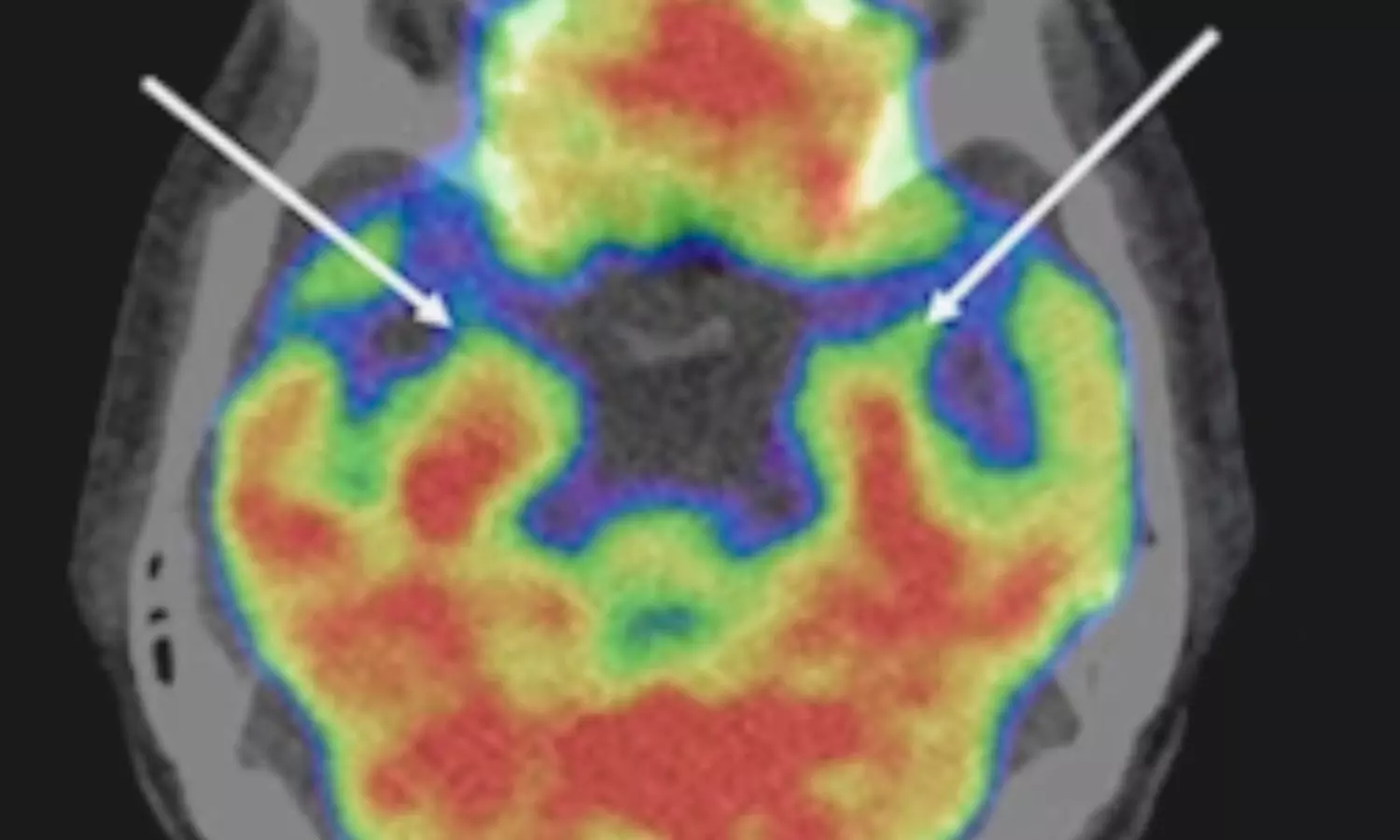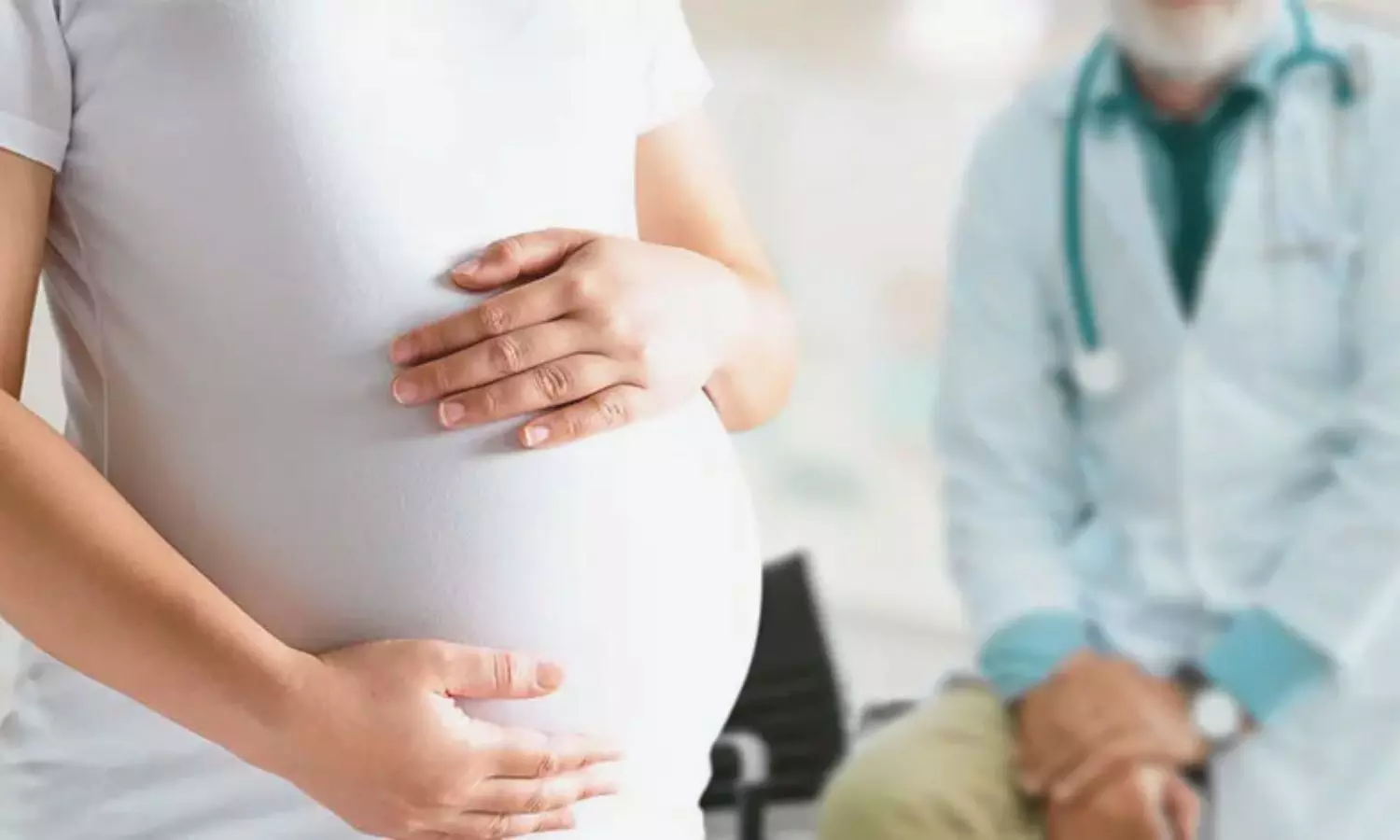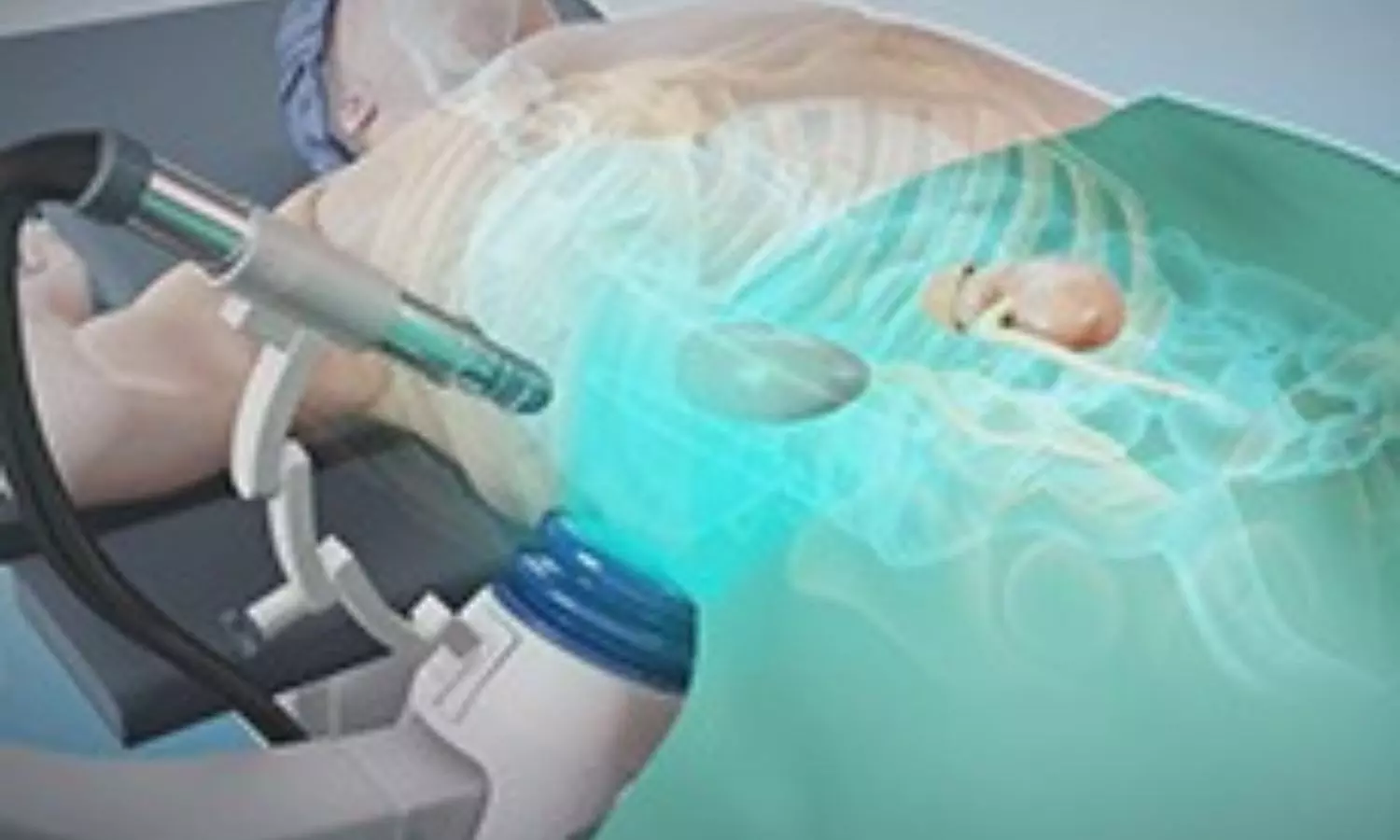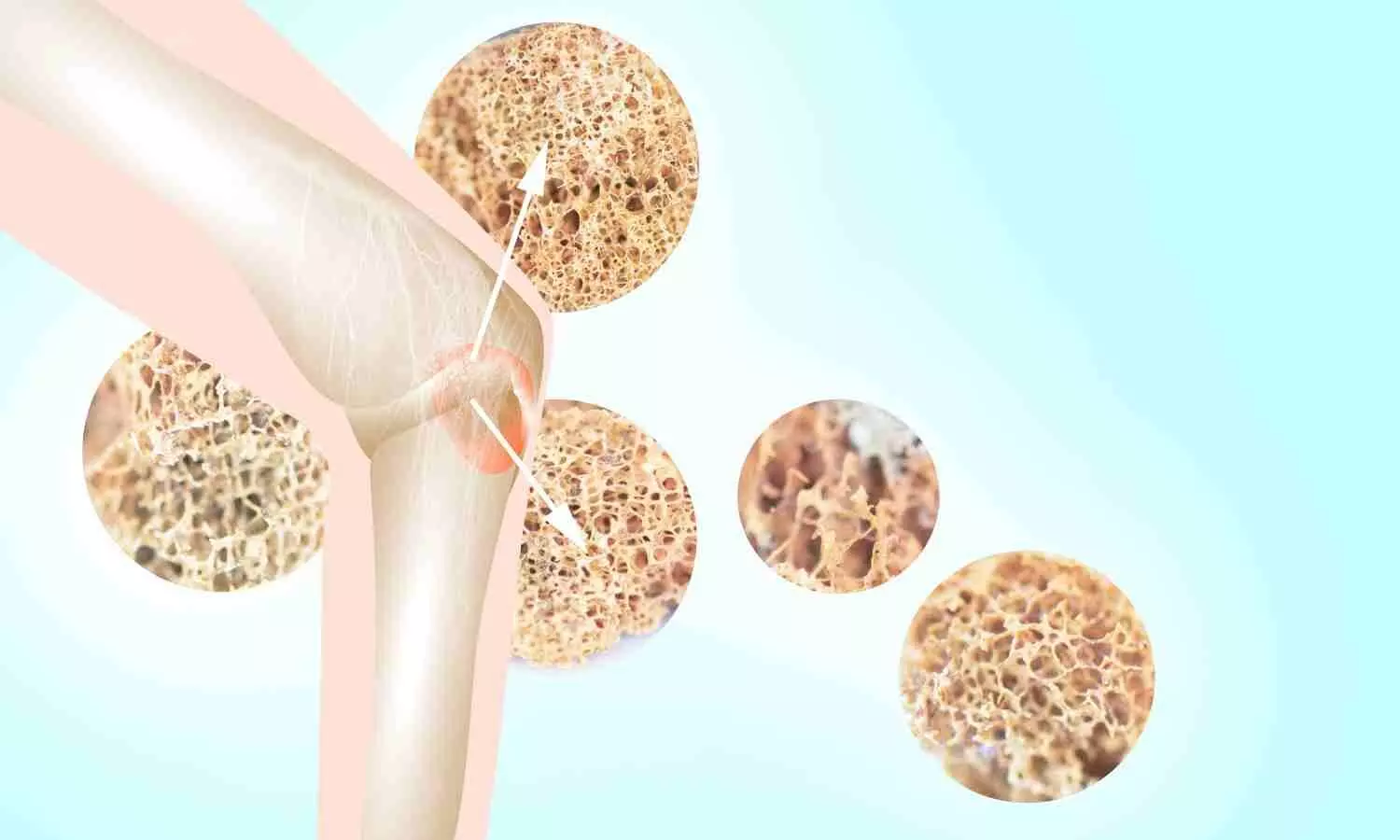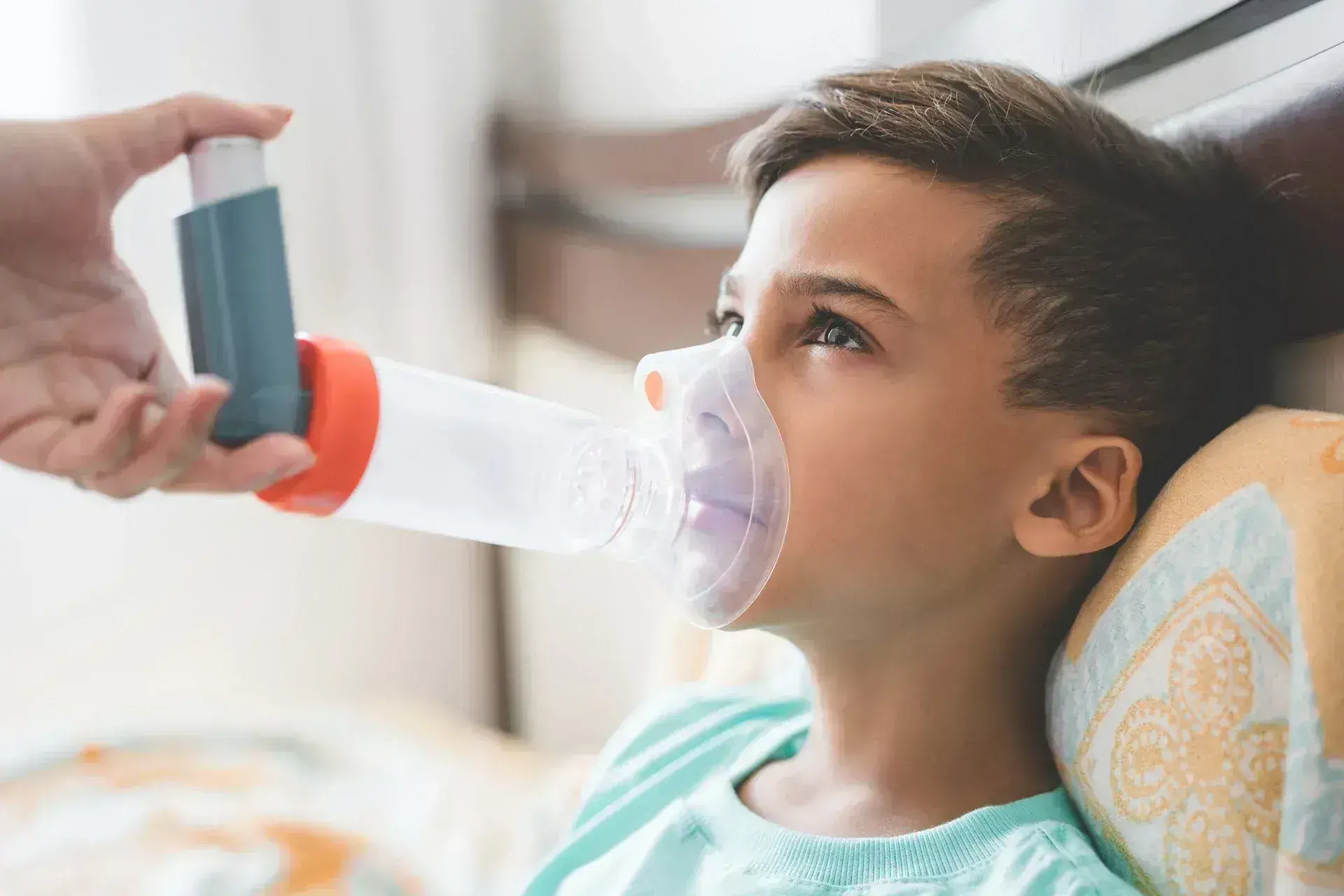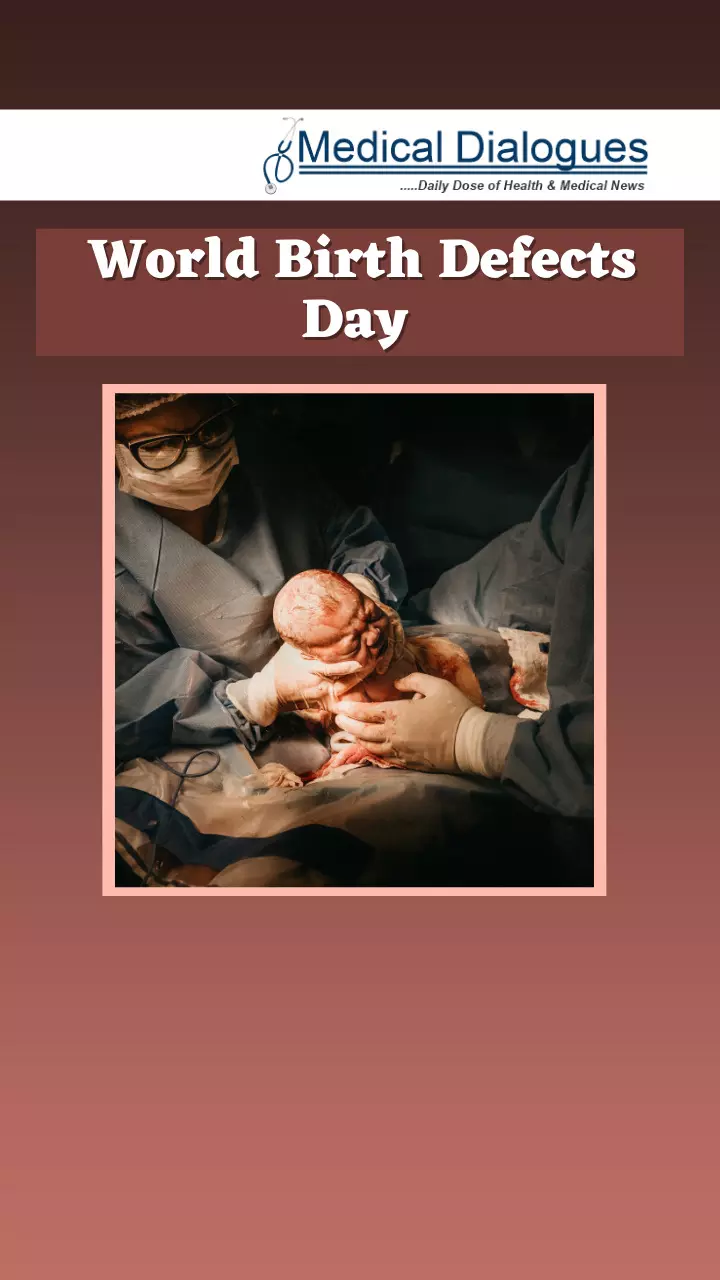Candidates willing to take admission to PhD Programme January 2025 session will have to appear for a written examination (CBT) which will be conducted online mode on Thursday, February 20, 2025. Upon this, the final determination of centres and allotment of roll number/admit card will be available on the website from Saturday, February 15, 2025. Meanwhile, the date of declaration of result is expected to be announced on Monday, March 03, 2025.
After this, the final results will be declared on Sunday, March 12, 2025, and the final results will be declared on Wednesday, March 19, 2025. After this is completed, the process of joining the PhD Program will start, the last date to join the programme is Tuesday, April 15, 2025.
For further details, AIIMS New Delhi has also released a prospectus which contains important details like exam pattern, eligibility, instructions to fill out the online application form, method of selection, documents etc. Below are some of the details-
DOCUMENTS TO BE ATTACHED TO THE REGISTRATION FORM
No document is required, except the following applicability-
i Sponsored Candidates and Foreign nationals-
a Sponsorship Certificate (in the case of a sponsored candidate) in the format prescribed in the Prospectus, duly completed and signed by the competent authority.
b NOC from the Ministry of Health & Family Welfare in the case of Foreign Nationals.
ii Proof of award of eligible fellowship for non-medical candidates applying in the category.
iii Candidates who qualify in Stages I and II and are called for Departmental Assessment must upload their self-attested/attested copies of certificates/documents in support of their educational qualifications, marks, date of birth, category, experience etc. as mentioned in Stage-I and II results on the website by logging in with their credentials. They must write their Candidate ID, Roll No. & concerned Department on the top of the first page of each certificate.
GENERAL ELIGIBILITY
Eligibility for Ph. D course (Open candidates)- A candidate seeking admission to the course of study leading to the award of a Degree of Doctor of Philosophy must possess at least one of the following qualifications-
A a) Medical qualification: MBBS/BDS with minimum 55% aggregate marks or MD/MS/MDS/DM/M.Ch. in the subject concerned or Diplomat of the National Board of Examination. Candidates who have obtained any of these degrees from medical colleges which are not recognized by the Medical Council of India shall not be eligible to apply.
b) Nursing Qualification: Candidates holding an MSc degree with a minimum 55% aggregate marks in Nursing Speciality will also be eligible for Ph. D admission in the College of Nursing.
B. Non-Medical – For non-medical candidates eligibility shall be a Master’s Degree (two-year’s course) awarded by Indian Universities as per the requirement of the project.M.Sc. Life Sciences is a specific degree and no other degree shall be considered equivalent to the same for eligibility for a particular seat where M.Sc. Life Sciences is mentioned for eligibility.
Candidates holding M.Sc. (Other than M.Sc. Nursing) M.Tech. degree, BAMS & BHMS will be eligible for the Non-Medical Qualification Category. Candidates having eligibility under the non-medical category should have at least 60% marks in the last eligibility examination qualified. However, candidates possessing a Master’s Degree through distance learning courses shall not be eligible.
(a) Special weightage for non-medical candidates-
(i) Candidates who have qualified the below listed National Entrance Tests leading to the award of a fellowship will be given special weightage in the entrance examination as detailed in the method of selection part of the guidelines. Such candidates should apply under the Own Fellowship (OF) category and upload proof of award of the qualifying fellowship in the online form.
i Joint CSIR-UGC NET for JRF.
ii ICMR – JRF.
iii DBT – JRF.
iv NBHM screening test.
(ii) To be eligible for special weightage marks, ALL the following criteria must be fulfilled-
1 The result of the above-listed National Entrance Tests must have been declared between January 2023 and January 2025.
2 The award of the fellowship must be based on the result of the above-listed National Entrance Tests.
3 The fellowships should be tenable at AIIMS, New Delhi.
4 The letter of award of fellowship must be uploaded with the application form. Passing the listed National Entrance Tests alone is not acceptable as proof of award of fellowship.
C Eligibility for of seats- To be eligible for OF seats, candidates must fulfil ANY of the following criteria-
1 Candidates who have qualified the National Entrance Tests leading to the award of a fellowship tenable at AIIMS AND are eligible for the award of special weightage marks as provided in section B (a) above.
2 In-service or sponsored candidates who will receive their salary/stipend from the sponsoring/parent organization.
DURATION OF THE COURSE
1. The duration of the course shall be the period from registration to the submission of the thesis. The minimum period of registration in respect of all the candidates who are registered for PhD shall be three years. The maximum period of registration shall not exceed five years. Extension beyond the period of 5 years can be given for a maximum period of 6 months on the recommendation ofthe Dean Committee and final approval by the Dean/Director.
2 Further extensions beyond 5 years & 6 months can only be given by the Academic Committee for a maximum period of 6 months in highly exceptional circumstances (like medical exigencies, natural calamities, etc.) and such extensions may not be given retrospectively.
3 The Chief guide of Ph.D. A student shall give a clear reason for the delay to the Academic Committee and must present the case before the Academic Committee.
4 Failure to submit a thesis within the stipulated time of maximum 5yrs. with extension after approval upto 5½ years (6 years in exceptional circumstances by prior approval of Academic Committee) shall lead to cancellation of PhD registration of the candidate.
FEES
Each candidate selected for admission will have to pay the following Course Duration Fees and dues-
|
S.NO
|
PARTICULARS
|
FEES
|
DURATION
|
|
1
|
Registration Fee
|
Rs. 25/-
|
|
|
2
|
Tuition Fee
|
Rs. 720/-
|
3 Years
|
|
3
|
Laboratory Fee
|
Rs. 120/-
|
3 Years
|
|
4
|
Pot Money.
|
Rs. 720/-
|
3 Years
|
|
5
|
Hostel Rent.
|
Rs. 1080/-
|
3 Years
|
|
6
|
Electricity.
|
Rs. 240/-
|
3 Years
|
|
7
|
Gymkhana Fee.
|
Rs. 120/-
|
3 Years
|
|
8
|
Caution Money.
|
Rs. 100/-
|
3 Years
|
|
9
|
Hostel Security.
|
Rs. 1000/-
|
3 Years
|
SEATS AVAILABLE FOR PhD PROGRAM
|
S.NO
|
DEPARTMENT
|
TOTAL SEATS VACANT
|
|
1
|
Anatomy.
|
08
|
|
2
|
Biochemistry.
|
5
|
|
3
|
Biochemistry (NCI Jhajjar).
|
1
|
|
4
|
Biophysics.
|
4
|
|
5
|
Biotechnology.
|
2
|
|
6
|
Cardiac Biochemistry (CNC).
|
1
|
|
7
|
Cardiology.
|
1
|
|
8
|
Emergency Medicine JPNATC.
|
2
|
|
9
|
Gastroenterology & HNU
|
1
|
|
10
|
Hematology.
|
2
|
|
11
|
Laboratory Medicine.
|
2
|
|
12
|
Laboratory Oncology (Dr. BRA IRCH).
|
1
|
|
13
|
Medical Oncology (Dr. BRA IRCH).
|
2
|
|
14
|
Medical Physics (Dr. BRA IRCH).
|
1
|
|
15
|
Microbiology.
|
3
|
|
16
|
.National Drug Dependence Treatment Centre
(NDDTC)
|
2
|
|
17
|
Neurology.
|
2
|
|
18
|
Neuropathology, Neuroscience Centre.
|
2
|
|
19
|
Ocular Pharmacology (RPC).
|
2
|
|
20
|
Ophthalmology (RPC).
|
3
|
|
21
|
Paediatric Surgery(JPNATC).
|
1
|
|
22
|
Paediatrics
|
1
|
|
23
|
Pathology.
|
6
|
|
24
|
Pharmacology.
|
6
|
|
24
|
Physiology.
|
2
|
|
26
|
Preventive Oncology (Dr BRA IRCH)
|
1
|
|
27
|
Preventive Oncology (NCI Jhajjar).
|
4
|
|
28
|
Psychiatry.
|
5
|
|
29
|
Reproductive Biology.
|
3
|
|
30
|
Rheumatology.
|
2
|
|
31
|
Stem Cell.
|
3
|
|
32
|
Transplant Immunology & Immunogenetics (TII).
|
1
|
|
TOTAL
|
82
|
To view the prospectus, click the link below
https://medicaldialogues.in/pdf_upload/aiims-new-delhi-invites-applications-for-phd-programme-january-2025-session-apply-now-270923.pdf


